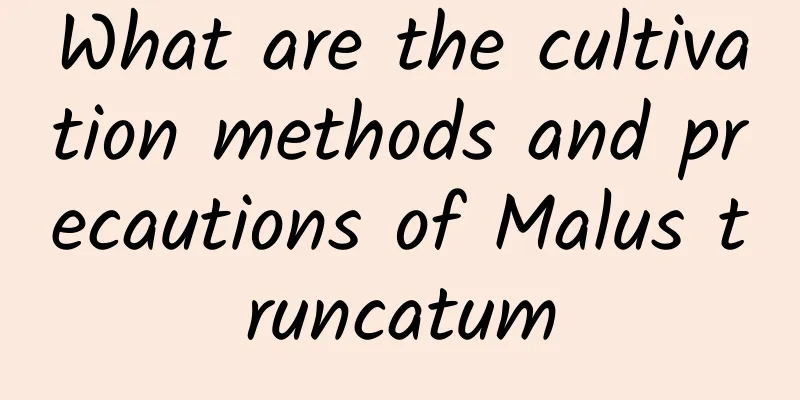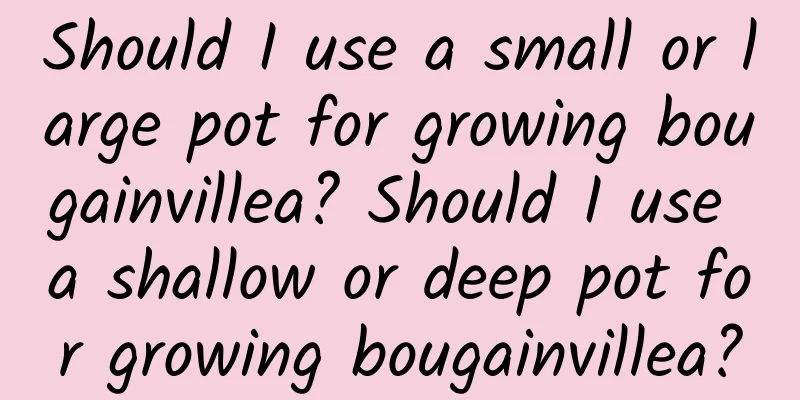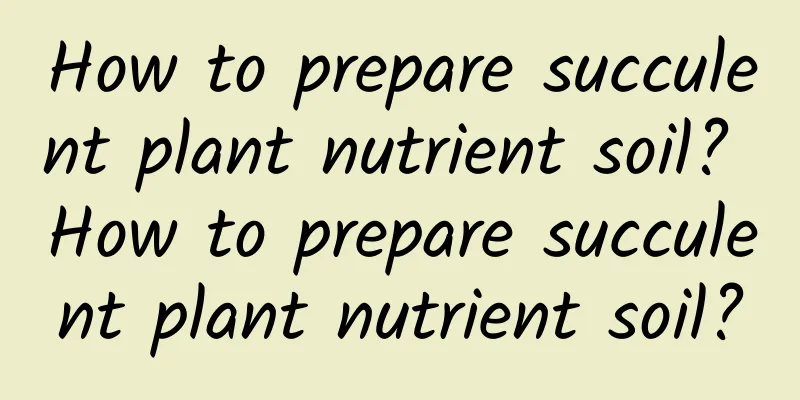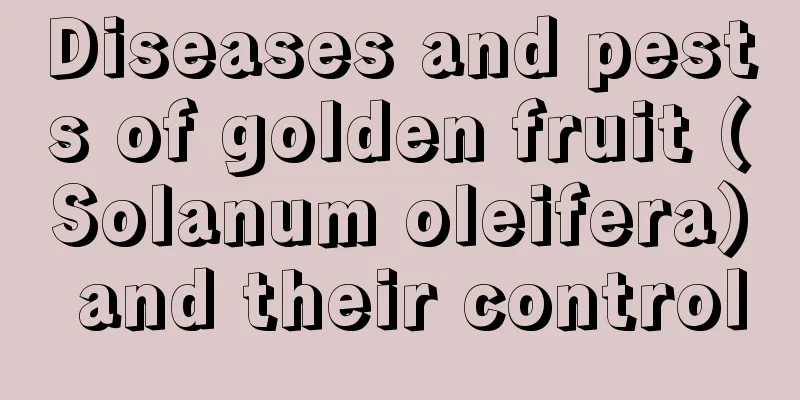Causes and treatments of yellow leaves of Maiden Heart

1. Normal metabolismCause: Normal physiological metabolism may cause signs of aging and yellowing on its bottom leaves. Solution: If the leaves at the bottom turn yellow, this is a normal growth phenomenon and there is no need to worry. At this time, normal fertilizer and water management is sufficient. 2. Improper lightingReason: If the plant is kept in a dark place with insufficient light for a long time during its growth process, it will lose vitality, causing the leaves to turn yellow and fall off. However, if the sunlight is too strong and the plant is exposed to the sun for a long time, its leaves will be burned, turning yellow and falling off. Solution: The light needs to be adjusted in time. It is best to place it in a semi-sunny place and receive appropriate sunlight. 3. Insufficient wateringReason: If there is insufficient watering and the soil in the pot is too dry, the plant will have yellow leaves due to lack of water. Solution: Water the plant thoroughly first, and then place it in a cool place for maintenance. Wait until it recovers, then carry out daily fertilizer and water management. 4. Too little fertilizerReason: The soil fertility of the maiden heart grown in potted plants is limited. If there is a lack of fertilizer for a long time, it is easy to suffer from malnutrition, causing the leaves to turn yellow and fall off. Solution: Top dressing is needed in time. In the following period of time, more topdressing will be needed. But be careful not to use too much fertilizer or it will harm the plants. 5. The potting soil is not replaced in timeReason: The nutrients in the potting soil will continue to be consumed. If the soil in the pot is not changed for a long time, the soil in the pot will not have enough nutrients, resulting in insufficient supply of nutrients needed for plant growth, which will cause the plant to turn yellow and lose leaves. Solution: The potting soil needs to be replaced in time. Try to replace the potting soil every 1-2 years. The best time to replace the potting soil is on a sunny day in spring and autumn when the temperature is suitable. During the replacement process, the roots can be trimmed appropriately. |
<<: Causes and treatments of yellow leaves of raindrops
>>: Causes and solutions for yellowing kale leaves
Recommend
How to grow crystal succulents well
Crystal succulent growing conditions Crystal succ...
How to repot the ash tree
1. Remove the plant The ash wood needs to be repo...
Does the hanging bamboo plum bloom?
Does the hanging bamboo plum bloom? Hanging bambo...
How to deal with yellowing leaves of Mo Lan
Reason 1 Overwatering Be careful when watering Mo...
The difference between rice bag grass and duck tuo grass
Difference 1: Leaf petiole Everyone knows that th...
What fertilizer is good for growing strawberries? What fertilizer is good for fertilizing potted strawberries?
What fertilizer do strawberries need? 1. Nitrogen...
Planting lily bulbs like this will ensure you grow big and beautiful lilies
How to plant lily bulbs Root pruning After purcha...
Cultivation methods and maintenance matters of old crape myrtle piles
How to grow crape myrtle into an old tree Crape m...
Which month is best for planting ice plants, the Gregorian calendar or the lunar calendar?
Iceweed, also known as African ice grass , ice fl...
How to care for the succulent plant Angel's Tears
soil Angel's Tears likes loose, breathable an...
How to grow coral tree succulent
1. Breeding environment 1. Soil: To grow coral tr...
When is the best time to plant apricot seeds?
Apricot tree seed planting time Apricot trees are...
African violets breeding methods and precautions
African violets are not easy to grow because they...
What soil is suitable for planting tiger lily?
Soil for Tiger Piranha Tiger Skin Orchid can grow...
How many years does it take for tangerines to bear fruit?
Introduction to planting tangerine The main produ...









